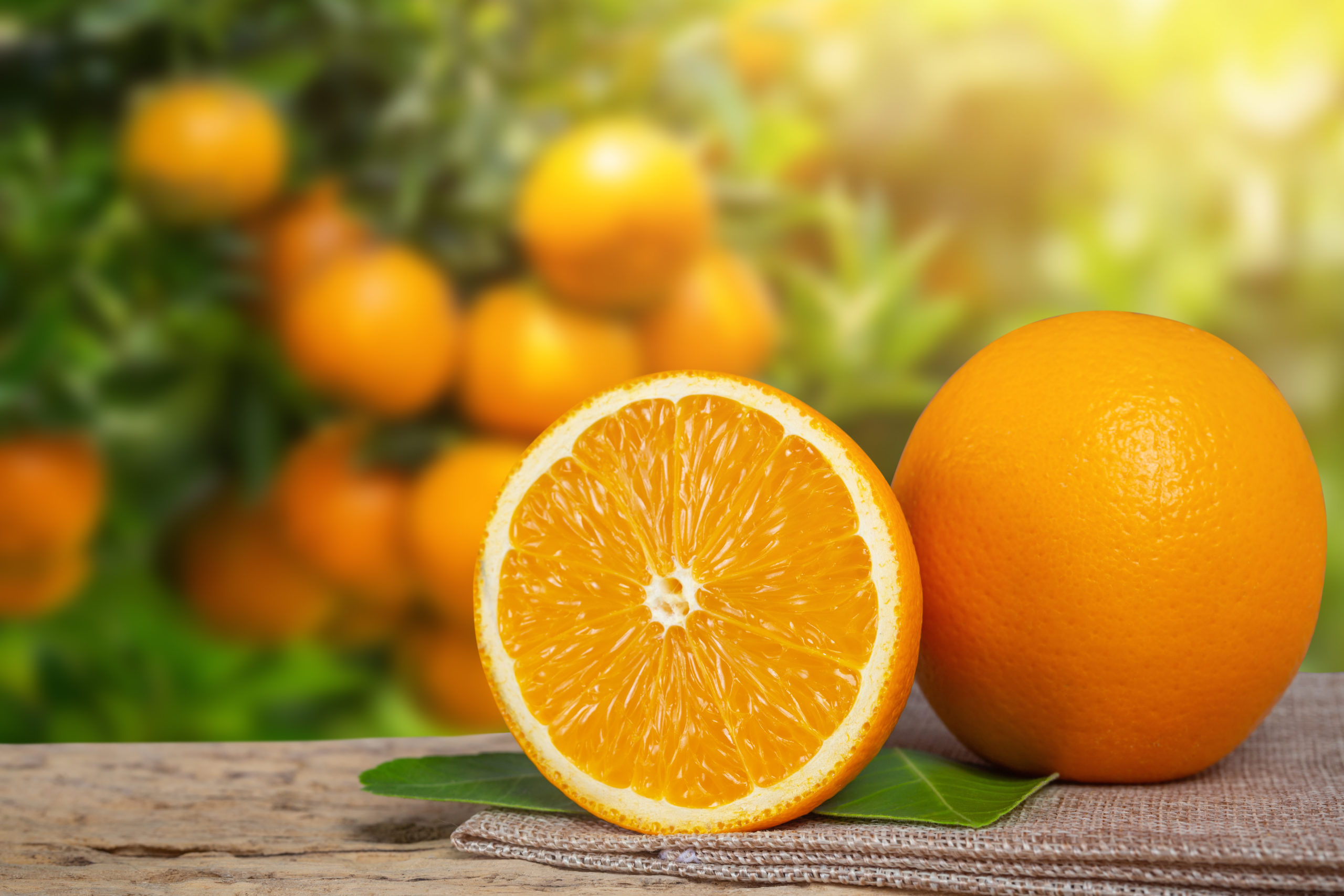Nothing was more satisfying as a kid than sinking my teeth deep into the juicy flesh of an orange, relishing every drop of juice that wasn’t busy pouring down your chin and over your clothes. While my love for oranges did not fade as I grew older, the way I enjoyed the excellent fruit did. Gone were the days of sloppy eating, and here I was as a teenager, peeling oranges and spending my time separating each slice for a clean and tidy supper. I hardly have time to peel a whole orange and cut each piece apart now that my life is moving at a considerably faster speed. Sure, I could go back to my prepubescent days and merely dig my fangs into an orange, but that would be far too messy.
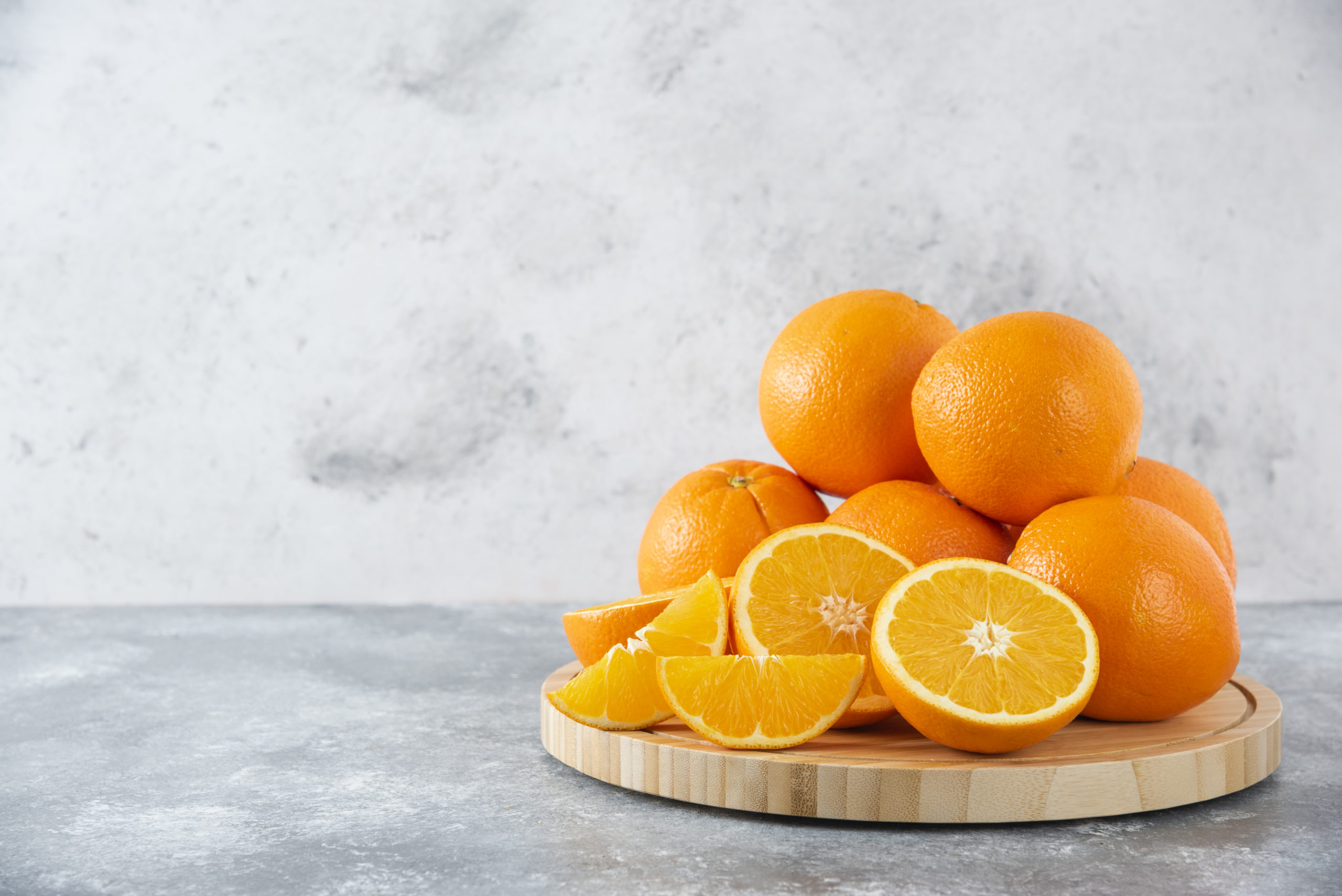
Probably there was an easy and quick way to consume an orange that didn’t include all of the mess…Yes, there is! Eating an orange may appear straightforward, but there are numerous ways to enhance its flavor by pairing it with other types of cuisine. This article will engage you with some suggestions for incorporating oranges into your diet. It will also teach you how to peel and cut an orange in a variety of ways. However, it is vital to note that certain risks are associated with consuming unwashed oranges. Therefore, you should endeavor to wash your oranges before consuming them.
Orange nutrition facts
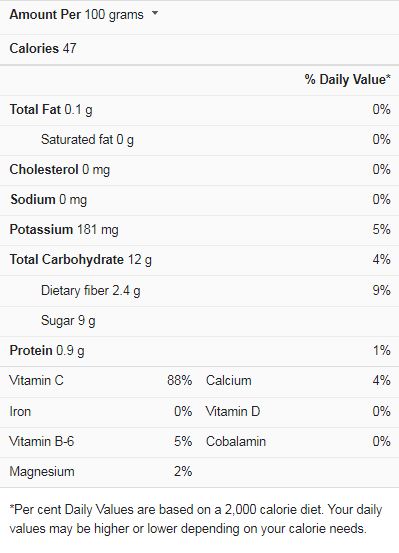
Cut method
I love this method for its simplicity. It also affords one the opportunity to get most of the juice in the orange. Here are different cut methods to enjoy all the juicy content from your orange.
Cut the orange into strips
Cut out the top and bottom of the orange by laying it down sideways on a chopping board. Next, make a slit along the side of the orange, all the way to the core. The slit should run from one end of the cut to the other. Finally, pry the orange open like a book into a long strip with your fingers. Pull the orange segments off the peel with your fingers and consume them. Don’t cut too much; around 12 inches (1.27 centimeters) from either end should suffice. This approach works best with Mandarin oranges, but many people find that it also works with other types of oranges, such as Valencia.
Cut the oranges into wedges
Place an orange on a cutting board with the stem end facing up. Cut it in half and set each half face down on the cutting board. Each half should be cut into wedges. Begin by slicing it in half, straight down. Then, angling your knife towards the middle of the orange, make two slashes on either side. Eat the orange straight from the peel. Put the flesh of the orange in your mouth and the peel between your lips to form a broad, orange smile. Suck the juices out by biting down slightly.
Cut the orange into rings
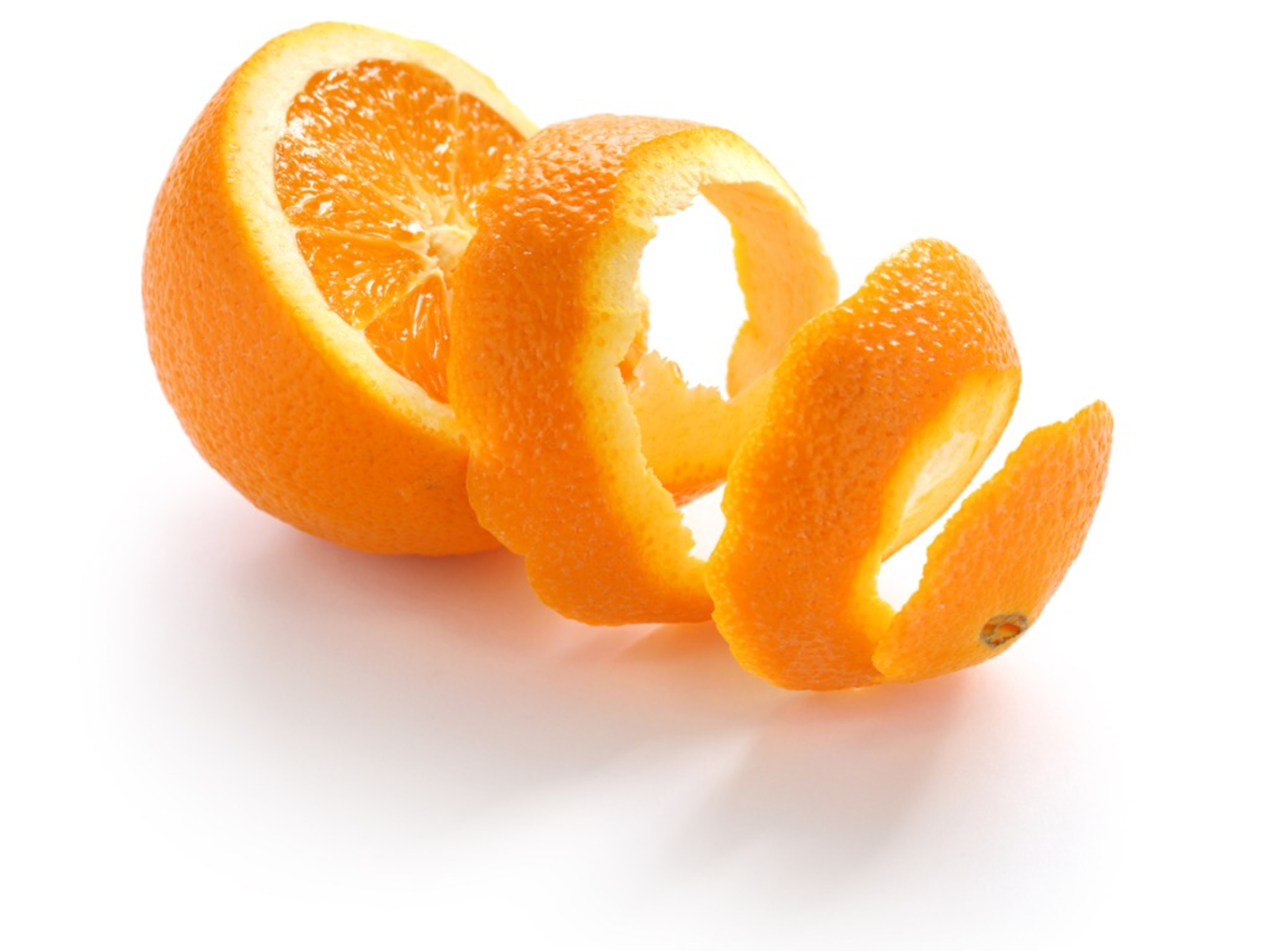
This method is one of the most common methods as you get to consume nearly 100 percent of the full juice in the orange. Here’s how it’s done. After washing the skin of the orange with water (yes, you should wash fruits you peel to prevent dirt and who knows what else from getting into the flesh of the fruit, which is a perfect breeding ground for grody things), remove the orange’s top and bottom. Make a slit down one side of the orange with your knife, then turn it over and slice it into rings. You could decide to pull the ring apart from the center and bite right in. You could also choose to cut the circles into tiny pieces or larger rings. Whatever size you prefer, you can be sure to experience all the pleasantness from the orange juice. These orange rings even travel well in a Ziploc baggie, so you’ve got no reason to ignore this delightful winter fruit any longer.
Cut the orange into crescents
Place an orange on a chopping board so that the top/stem is facing up. Cut the orange in half and lay each half face down on the cutting board. Each half should be cut into 12 inches (1.27 centimeter) thick slices. Begin at one end and continue further the other way. To each slice, hold it between your fingers and rip the flesh away with your teeth or fingers before eating.
Florida orange style
You’ll need an orange and a knife to get started. After you’ve washed the orange clean, make a cone-shaped incision at the top of the orange with your knife. After you’ve cut a hole in the top of the orange, you can use the knife to cut inside the orange without piercing the skin. This will help you to get the most juice from the orange. After that, simply hold the orange up to your mouth and suck the sap out. If sucking an orange isn’t your style, you can consume the juice by inserting a straw into the top of the orange. If you go all orange-sucker on it, you might get a little pith taste. Your treat isn’t over when you’ve finished all the juice! You can now effortlessly disassemble it and eat the inside of the orange without having to worry about the juice dripping all over you.
Peel method
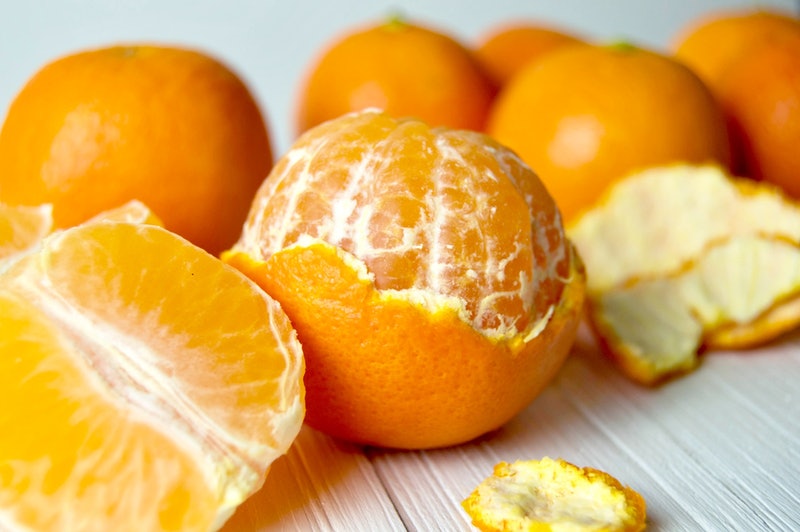
Although this is another good way of eating oranges, it is not all that pleasant. Peeling, especially by hand, comes with certain irritations. As one peels the rind off the orange, the force exerted on peeling off the skin often results in the release of a naturally occurring chemical called ‘Limonene’. This chemical has been shown to cause irritations; therefore, if peeling is your favorite way of eating oranges, ensure that you give some distance between the orange and your face; otherwise, you might end up with irritation. Nevertheless, here are some known ways one could peel off the rind from oranges before eating it.
Peel off by hand
Using a metal teaspoon or a knife, pierce the peel and take a piece off. Put the knife or spoon away and pinch the edge of the “gap” you produced after having a firm grasp of the peel with your hand. Remove as much of the skin as you can. Continue removing the skin until it is completely gone. If there are any stringy portions, remove those as well. Before you consume the orange, pry it open. Insert your fingers inside the orange hole at the top and pry it open like a book. Separate the wedges and consume them separately. Make a point of picking out any seeds or spitting them out.
Peel off using a fork handle or a knife
Cut an orange across the equator, only going through the skin, not the meat. Make use of a serrated knife. Take a fork or a spoon with a flat, curved handle next. Insert the handle into one side of the seam, pointing it to the top of the orange. Pry the peel away from the flesh by running the grip around the orange—rep for the opposite side of the seam. Pull the rind away from the orange like a cap or sock when you’re finished. Before peeling the orange, roll it around on the table. This will loosen the orange from the skin and make peeling it simpler.
Juice method
Nothing compares to a glass of freshly squeezed orange juice in the morning. It may take a few minutes longer than expected. The taste, on the other hand, is well worth the labor and delay. Test it out: Make some and see if you still want to consume bottled juice. Here’s how to get the most amount of juice from your orange.

Juicing by squeezing with hand
The first step towards juicing with the hand is to soften the orange. This can be achieved by boiling the orange for a short time under low heat. Another way to soften the oranges is by forcefully squeezing or rolling them across the counter or table with your palm. Slicing the orange in half is the first step in cutting it. Don’t forget to take out the seeds! Use navel oranges if you wish to avoid seeds. The orange should then be juiced. Squeeze one of the orange halves by hand, using a simple juicer to extract all the juice. Using a hand juicer, scrape the orange with a spoon and add the pulp directly to the juice. Pour the liquid through a strainer before drinking if you like clear juice. For added flavor, add a pinch of black salt or sugar. Some, if not most, oranges are already sweet. You can now sip a glass of freshly squeezed unpasteurized orange juice the way it was meant to be.
Juicing using an electric juicer
Juicing oranges is even better with an electric juicer. If you have one of these, it is a better option than the traditional method of juicing oranges by squeezing with the hand. The first step towards juicing oranges with an electric juicer is to prepare the oranges. The oranges should be peeled and quartered in pieces. More miniature oranges, such as mandarins, may simply need to be halved. The oranges should be processed through the feed tube. Make sure you have something to collect all the flavorful liquid that comes out at the other end. It’s worth noting that certain juicers allow you to control how much pulp is extracted along with the juice. You’re now ready to enjoy your glass of fresh orange juice.
Eating oranges as an addition
Orange salsa
Grilled fish or chicken served with orange salsa is a surefire winner! Orange peel, cut oranges, tomato, cilantro, green onion, walnuts, and lime juice should all be combined. Serve with fish or chicken.
Fruit salad
Make sure to include slices of orange in your next fruit salad. Salad with strawberries and walnuts on a bed of your favorite field greens is sure to please. Alternatively, combine orange slices, mango, and strawberries with a sprinkle of chili powder, a squirt of fresh lime juice, and honey. Serve with low-fat yogurt on top.
Popsicles
Make some orange popsicles. Pour orange gelatin into popsicle molds or small plastic drinking cups after dissolving it in orange juice and water. Freeze until solid. If using plastic drinking cups, freeze until solid before inserting popsicle sticks and freezing thoroughly. Use different flavored gelatin mixes to create fresh orange combinations.
Asian chicken wrap
In a small amount of lemon juice, brown sugar, sesame oil, and soy sauce, sauté chicken, bell peppers, onion, garlic, and ginger. Serve wrapped in iceberg lettuce leaves with sliced orange chunks.
Fruit dessert
Combine peeled, sliced oranges and grapefruit, orange marmalade, and vanilla extract in a mixing bowl. Serve with low-fat lemon yogurt and shredded coconut on top. Ambrosia is the recipe.
Fruit kebobs
Arrange peeled orange wedges, strawberries, cantaloupe, grapes, bananas, and pineapple on a wooden skewer. Enjoy kebabs dipped in chocolate pudding or low-fat fruit yogurt.
Orange lemonade
Is your orange juice in desperate need of a tart kick? Make some orange lemonade. In a pitcher, combine freshly squeezed orange and lemon juice, water, sugar, and fresh orange and lemon slices. Chill after thoroughly mixing and then pour over ice for a pleasant mid-afternoon pick-me-up.
Conclusion
Whatever method you deem exquisite in enjoying your orange, be sure to know that you’ll benefit more health-wise than just the delectable taste of the juice. Oranges richly contain vitamin C and other nutrients. They improve your immune system and protect you against viruses and illnesses, such as the common cold. Oranges also aid in creating collagen, which makes your skin more supple. As a result, wrinkles are limited, and skin appears younger. It also aids in the evenness of skin texture. While eating oranges is beneficial, eating too many of them is not. The more orange you eat, the faster you will lose weight or recover from a cold. You should only eat one orange every day. Too many oranges might cause digestive issues such as stomach cramps and diarrhea.
